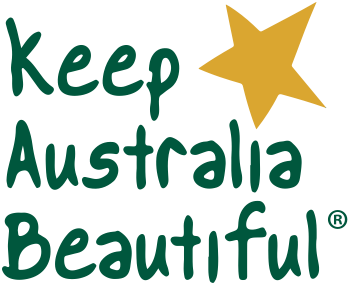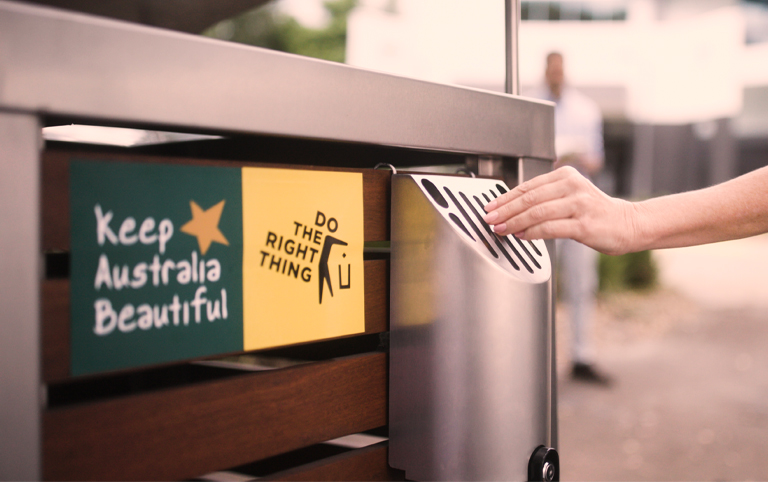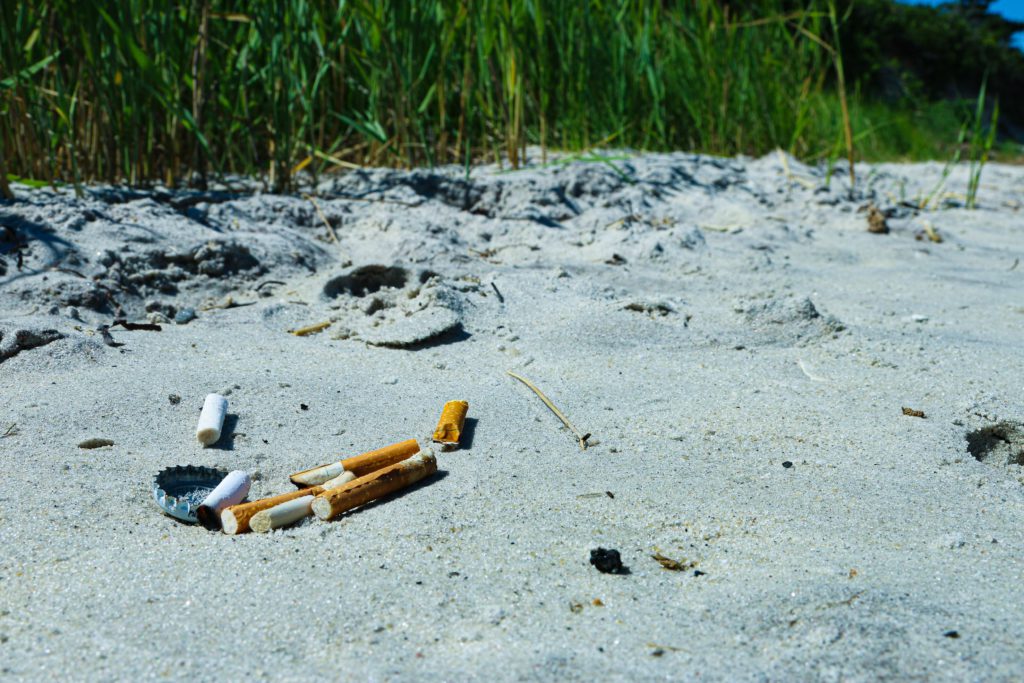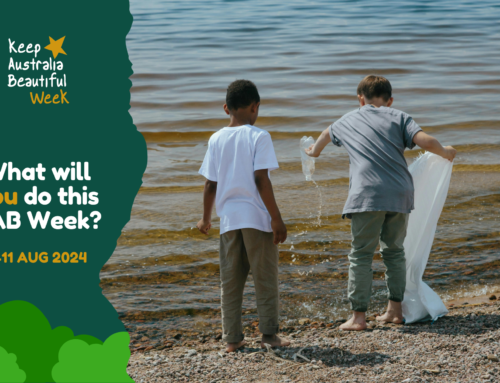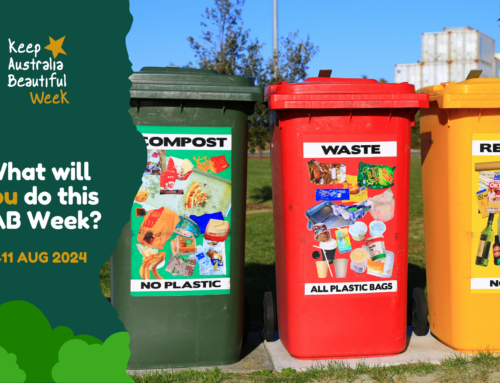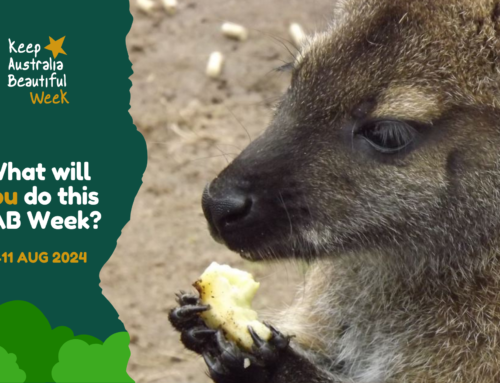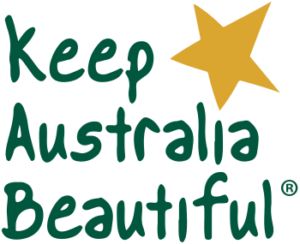Australians love their great outdoors, being spoilt with pristine coastlines, rugged mountains, rainforests, bushland and the renowned Outback. These great landscapes inspire and fill us with a sense of wonder and awe as we make our vacation pilgrimages to some of the world’s most iconic and extraordinary natural landscapes.
The love of the great outdoors is equally matched with our love of the great sporting endeavour, congregating in vast numbers (at least pre COVID-era), at various ovals, pitches and sporting venues.
Yet, it appears that we do not always make respectable guests amongst nature nor show ‘fair play’ on the sidelines of a sporting event, leaving a rather nasty blemish as if to mark where we once were.
Everyone litters – somewhere, some thing, at some point. Litter is as much a behavioural attitude as it is a legal definition. And yes, littering is an offence in Australia.
The Queensland Department of Environment and Heritage Protection (DEHP) defines littering as “generally the thoughtless discarding of items in the environment that a person is travelling through whilst undertaking other activities”.
It may be an unconscious act – a misplaced wrapper that flies out of an overfull bin – or a more conscious act of leaving things behind or throwing them out of a car window because … well, simply because we can, because others are doing it or we don’t comprehend the deep ramifications of our actions on the flora, fauna, waterways or even us.
Simply put, littering pollutes our environment and significantly diminishes the use, enjoyment and value of our public places – making our communities appear dirty and uncared for, unpleasant to be in and less likely to be used and enjoyed.
The EPA NSW noted in their 2013 NSW Litter Prevention Kit: Things you should know about litter and litterers, that people were much less likely to litter in clean areas, whilst littered places kept attracting more litter. For example, in places such as sport stadiums people would be more inclined to leave litter under their seats because they have observed other people making that choice, or because they have the sense that ‘someone else will clean it up’.
People are more likely to make correct disposal choices, however, when signage was clear and consistent or when they understood how and where their litter ended up.
These different influences mean that a person may interact with the same litter item in different ways depending on the situation.
Litter dropped in streets, along the side of the road, or in bushland can be washed or blown into creeks and rivers, polluting land, waterways and ocean environments. It is also the cause of great harm and suffering to the animals that get tangled in, are injured by or ingest littered items, along with facilitating the spread of disease and pests.
According to the NSW State of the Beaches Reports (Office of Environment & Heritage), common litter items are drink containers (plastic and metal), cigarette butts, small pieces of paper, chip and lolly wrappers, fast-food packaging, bottle caps, plastic straws and pieces of glass bottles, as well as advertising and promotional materials.
Human behaviour is the sole source of river and marine litter, and changing perceptions and behaviour is key to tackling litter escaping into the natural environment (Pahl et al., 2017).
The Yarra Riverkeeper Association (YRKA) – an independent, community led organisation protecting Melbourne’s iconic waterway – found that “the general public plays an important role in addressing litter through their lifestyles, consumption patterns and waste management practices.”
In their Litter and Flows report, YRKA cites the use of Bandalong Litter Traps – floating devices that are strategically placed along the Yarra River – to capture litter and organic debris. These traps are maintained by Parks Victoria, who empty the traps on rotation at regular intervals, keeping a record of collected litter and organic debris – measured in cubic metres – for each trap.
Between years 2000 and 2017, an average of 1,200 cubic metres of litter and debris was collected by Parks Victoria annually, with polystyrene and plastic bottles contributing most to litter loads in all 17 traps.
As much as it is unsightly and damaging to our environment and us, litter management and prevention is also an expensive operation.
In 2018, the Metropolitan Waste and Resource Recovery Group (MWRRG) surveyed Melbourne councils, finding that litter and illegal dumping cost councils collectively at least $11 million per year, with some outer councils spending at least $2 million per year on disposal. Although, MWRRG estimates that the actual cost may be more than $80 million per annum (Metropolitan Melbourne Litter Plan 2020-22).
Nationally, that figure is a lot more staggering: The estimated cost of litter services nationally is estimated to range from $300 million to $350 million annually (EPA NSW).
In recent years, however, there has been a growing awareness within the community of litter and illegal dumping and their impact on the environment and the spaces we share as a community. If we can follow bad behaviour, perhaps we can begin to look to those who are modelling positive behaviour in how to engage with our local area, a habitat we may be visiting or a recreational/ sporting venue we attend.
The steps to a healthy, happy environment we can all share and appreciate are actually very simple: See it. Bin it.
Pahl S., Richter I., Wyles K. (2020) Human Perceptions and Behaviour Determine Aquatic Plastic Pollution. In: The Handbook of Environmental Chemistry. Springer, Berlin, Heidelberg. https://doi.org/10.1007/698_2020_
Photo credit: Artem Beliaikin (Pexels)
